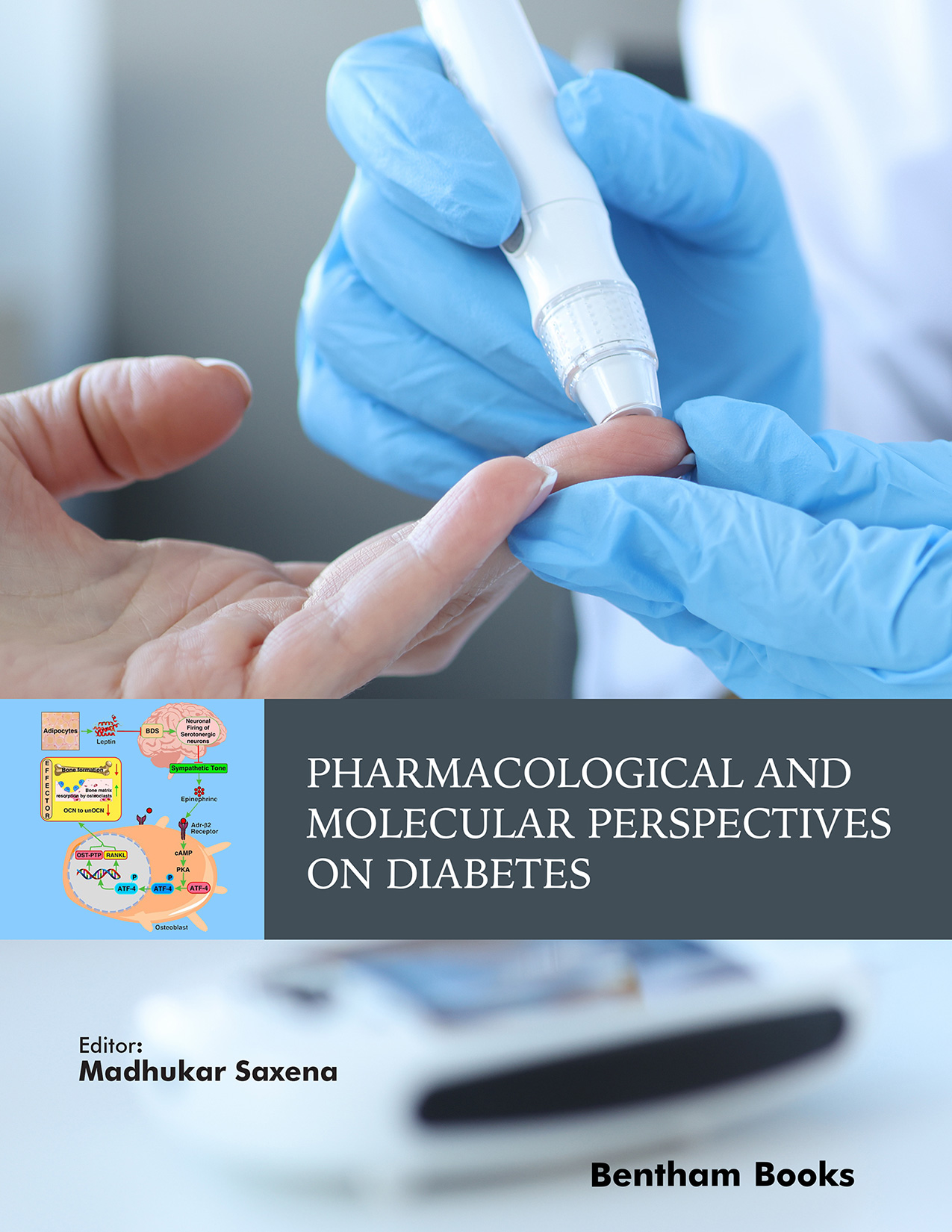Introduction
Pharmacological and Molecular Perspectives on Diabetes is a compilation of reviews on clinical and scientific aspects of diabetes mellitus. It presents 11 contributions by eminent scholars that give the reader rational pharmacological and genetic perspectives of the disease and its treatment. The reviews approach diabetes from different angles, and highlight research that has been done to understand some questions about the molecular biology of diabetes in experimental settings. Topics of clinical significance such as the use of different hypoglycemic agents, and diabetic complications in clinical settings are also covered.
Topics included in this book are:
- Epigenetic alterations and type 2 diabetes mellitus
- Responses to nutritional chromium supplements for type 2 diabetes mellitus
- Endocrine role of osteocalcin in homeostatic regulation of glucose metabolism
- Effect of diabetes on memory
- Osteoarthritis in relation to type 2 diabetes mellitus: prevalence, etiology, symptoms and molecular mechanism
- Infection of novel coronavirus in patients with diabetes mellitus
- Role of an anti-inflammatory agent in the management of type 2 diabetes mellitus
- Role of antidiabetic agents which helps regulates TCF7L2 variations in type 2 diabetes mellitus
- Relationship between type 2 diabetes mellitus, PCOD and neurological disorders: role of antidiabetic drugs
- Comparison of different types of insulin available for type 1 diabetes treatment
- Circadian rhythm disruption: special reference to type 2 diabetes mellitus
- Type 2 diabetes mellitus and its complications: pharmacogenetics based correlations and circulating microRNA as biomarkers
Pharmacological and Molecular Perspectives on Diabetes should prove to be of interest to all pharmaceutical and molecular biology scientists who are involved in research in anti-diabetic drug design and discovery, and practicing endocrinologists who wish to keep abreast of recent developments in the field.
Audience: Students and researchers in life sciences, medicine and pharmacology; endocrinologists and diabetologists.

